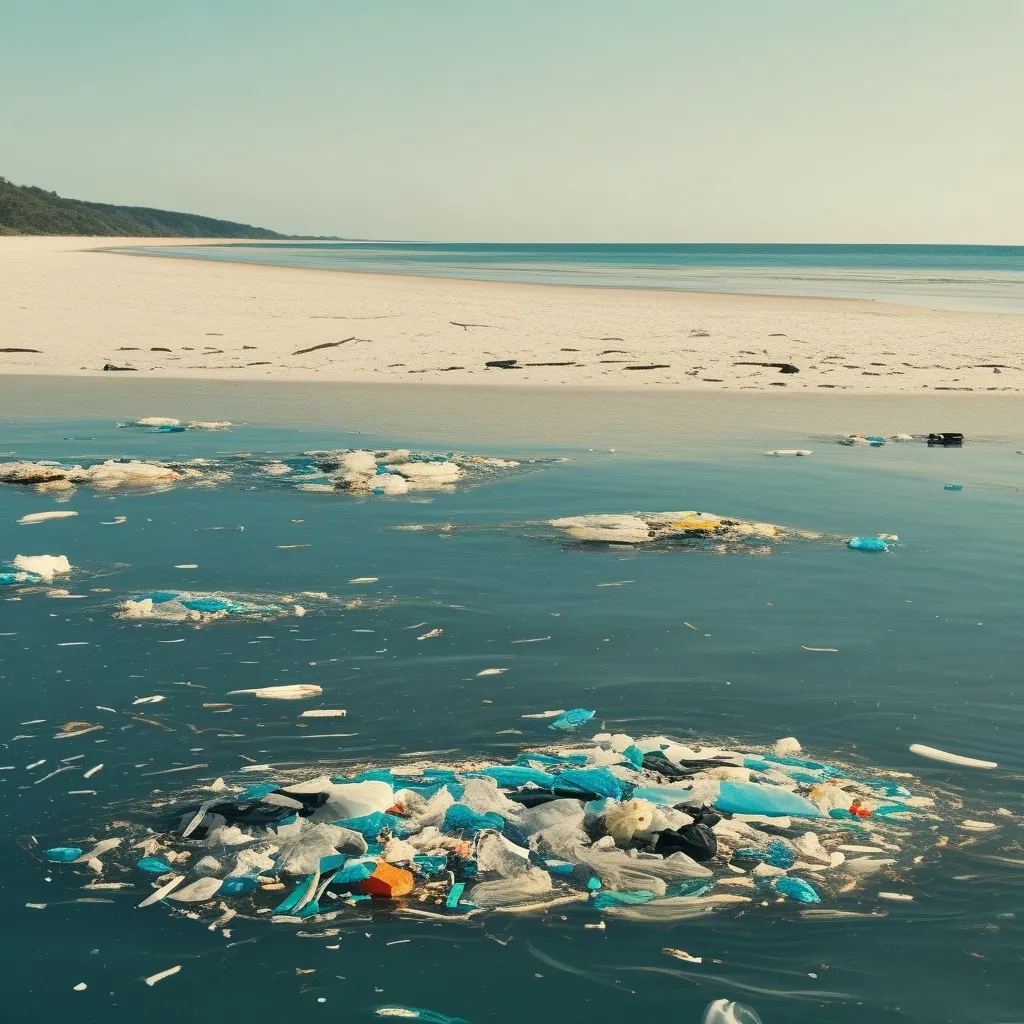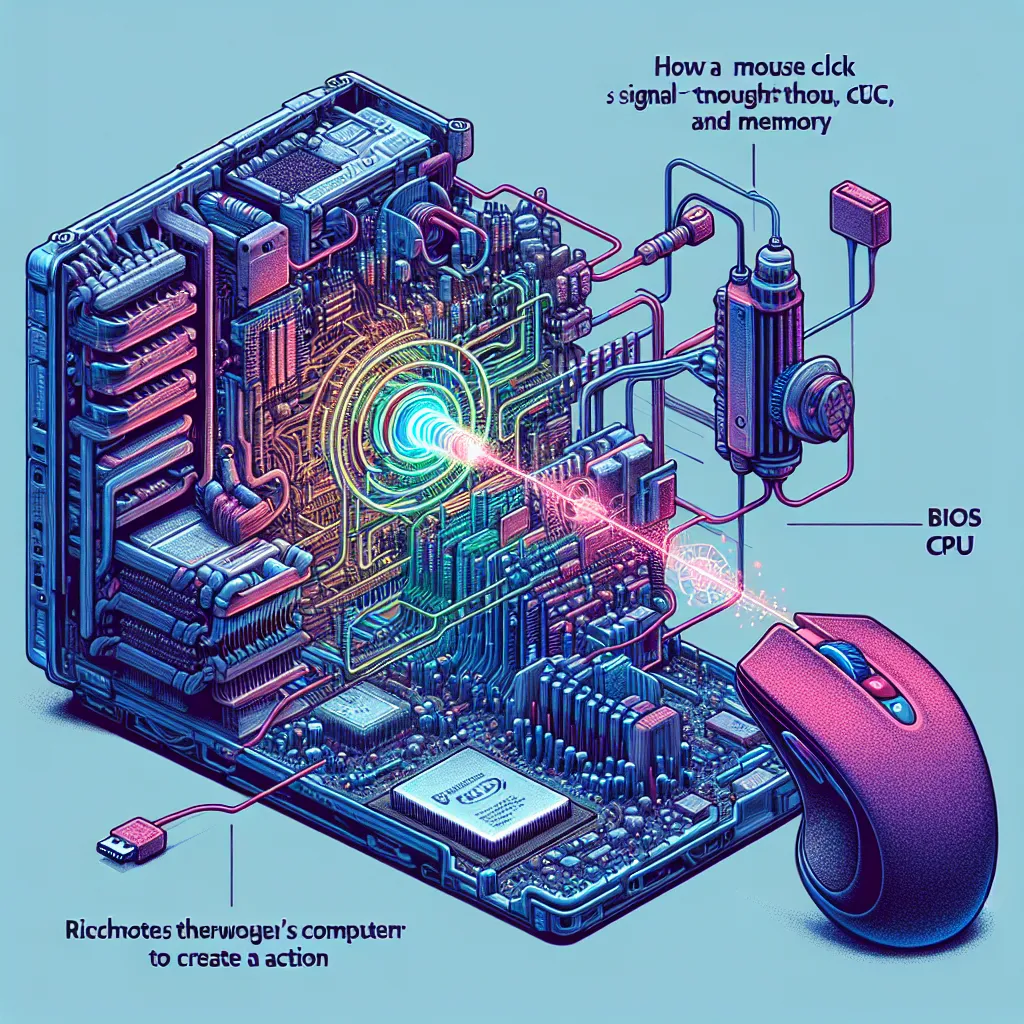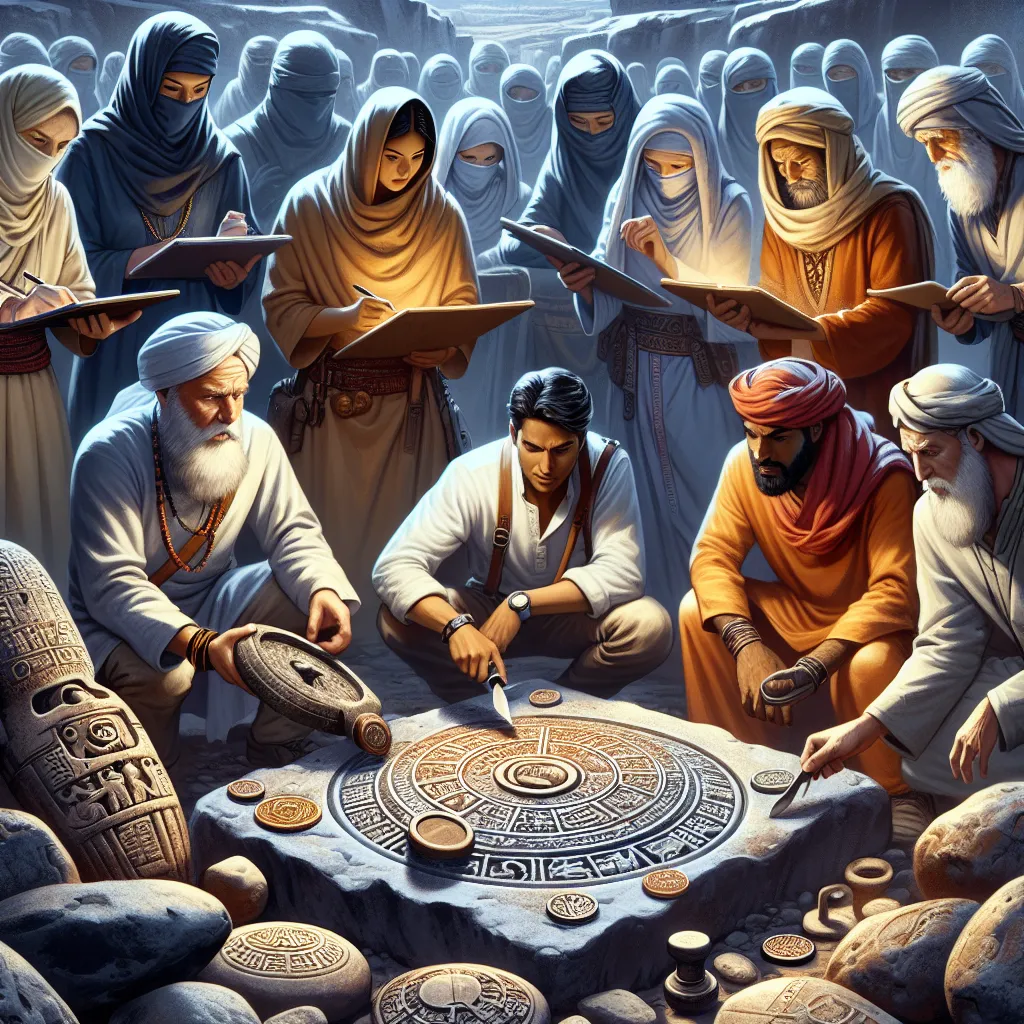Biodegradable Plastics: The Silver Bullet That Missed Its Mark
The world’s obsession with plastic has led us down a dangerous path. Our oceans are choking, landfills are overflowing, and microplastics have infiltrated every corner of our planet. In this dire situation, biodegradable plastics emerged as a beacon of hope. But are they really the savior we’ve been waiting for?
Let’s dive into the world of biodegradable plastics and see if they’re all they’re cracked up to be.
What Are Biodegradable Plastics?
Imagine a plastic that disappears like magic, leaving no trace behind. That’s the dream of biodegradable plastics. These materials are made from renewable sources like plants, animals, or even tiny microorganisms. The idea is simple: use nature to fight the plastic problem.
But here’s the catch - biodegradable doesn’t always mean what we think it does.
The Not-So-Green Production Process
While biodegradable plastics come from renewable sources, their production isn’t exactly a walk in the park. Think about it - those corn or sugarcane crops need land, water, and a whole lot of chemicals to grow. We’re talking fertilizers and pesticides that can wreak havoc on the environment.
In some cases, we’re even chopping down forests to make way for these crops. It’s like robbing Peter to pay Paul - we’re solving one problem but creating another.
The Decomposition Dilemma
Here’s where things get really tricky. Most people assume that if you toss a biodegradable plastic bag into your backyard, it’ll turn into compost in no time. Sorry to burst your bubble, but that’s not how it works.
These plastics need very specific conditions to break down properly. We’re talking high temperatures and specialized industrial composting facilities. Without these, they’re not much better than regular plastic. They’ll hang around in landfills or oceans for centuries, just like their fossil fuel cousins.
And when they do break down? They might release methane, a greenhouse gas that’s even worse than carbon dioxide. Talk about a plot twist!
The Chemical Cocktail
Now, let’s talk about what’s actually in these biodegradable plastics. You’d think they’d be all natural and harmless, right? Wrong again.
Many bioplastics contain a whole slew of chemicals, some of which are pretty nasty. We’re talking about substances that can mess with your hormones or even cause cancer. A recent study found over 1,000 different chemical features in bioplastics, and some of them are real troublemakers.
So even if these plastics do break down, they might be leaving behind a toxic legacy.
Infrastructure Issues
Here’s another wrench in the works - most places don’t have the right facilities to handle biodegradable plastics. In many parts of the world, especially developing countries, there’s no infrastructure for industrial composting.
So what happens to these “eco-friendly” plastics? They end up in regular landfills or incinerators, doing just as much damage as traditional plastics.
Even in places that do have composting facilities, it’s not smooth sailing. Some facilities in Oregon and California have started turning away bioplastics because they’re causing contamination issues. It turns out these plastics can introduce nasty chemicals like PFAS into the compost.
The Price Tag Problem
Let’s face it - we all want to do right by the environment, but our wallets have a say too. Right now, biodegradable plastics are more expensive to produce than regular plastics. And guess who ends up footing the bill? That’s right, us consumers.
Until the cost of production comes down, it’s unlikely that bioplastics will replace traditional plastics on a large scale. It’s a classic case of good intentions meeting economic reality.
A Glimmer of Hope?
Now, it’s not all doom and gloom. There are some potential benefits to bioplastics. For instance, switching to corn-based PLA (polylactic acid) could cut greenhouse gas emissions in the U.S. plastics industry by a quarter. That’s nothing to sneeze at.
But remember those fertilizers and pesticides we talked about earlier? They kind of cancel out this benefit. It’s like taking one step forward and one step back.
So, What’s the Real Solution?
Here’s the thing - biodegradable plastics aren’t the magic bullet we hoped for. They’re more like a small piece of a much bigger puzzle.
The real solution? It’s going to take a complete overhaul of how we think about and use plastic.
First off, we need to seriously cut down on single-use packaging. That means designing products with recycling in mind, beefing up our recycling efforts, and getting serious about collection and recycling in poorer countries where a lot of ocean plastic comes from.
And here’s a radical idea - maybe companies that use packaging should take responsibility for recycling it. Novel concept, right?
We also need to get rid of plastic packaging wherever we can. Paper or truly compostable materials could step in to fill the gap. Combine this with a massive push towards a circular economy where we reuse and recycle plastic, and we could slash plastic waste by up to 80% in the next couple of decades. Now that’s something to get excited about!
The Big Picture
Solving the plastic pollution crisis isn’t just about finding a fancy new type of plastic. It’s about rethinking our whole relationship with stuff.
We need to change how we consume, how we manage waste, and how we hold companies accountable for their choices. Biodegradable plastics can play a part, but they’re not the star of the show.
This isn’t just an environmental issue - it’s deeply tied to our economic and social systems. We need to address the root causes of plastic waste and come up with comprehensive solutions.
It’s a big challenge, but it’s one we have to tackle. Our oceans, our planet, and our future depend on it.
The Road Ahead
As we navigate this plastic predicament, it’s easy to feel overwhelmed. But remember, every small action counts. Maybe you start by refusing single-use plastics, or by supporting companies that prioritize sustainable packaging. Perhaps you get involved in local recycling initiatives or advocate for better waste management policies.
The key is to stay informed and keep pushing for change. The solution to our plastic problem won’t come from a single miracle material or technology. It’ll come from millions of people making conscious choices every day, from innovators finding new ways to package and recycle, and from policymakers setting the right incentives and regulations.
Biodegradable plastics may not be the hero we hoped for, but they’ve taught us an important lesson: there are no easy fixes to complex problems. The path to a plastic-free future is long and winding, but it’s one we must walk together.
So the next time you’re faced with a choice between a biodegradable plastic bag and a reusable cloth one, remember this story. Choose wisely, and know that your small decision is part of a much bigger picture.
The plastic pollution crisis is a testament to human ingenuity gone awry. But it’s also an opportunity for us to demonstrate our capacity for innovation, collaboration, and change. We created this problem, and together, we can solve it. Not with a silver bullet, but with persistence, creativity, and a willingness to rethink the way we live.
The future of our planet doesn’t hinge on biodegradable plastics. It hinges on us - on our choices, our actions, and our commitment to creating a sustainable world. So let’s roll up our sleeves and get to work. After all, there’s no planet B.






